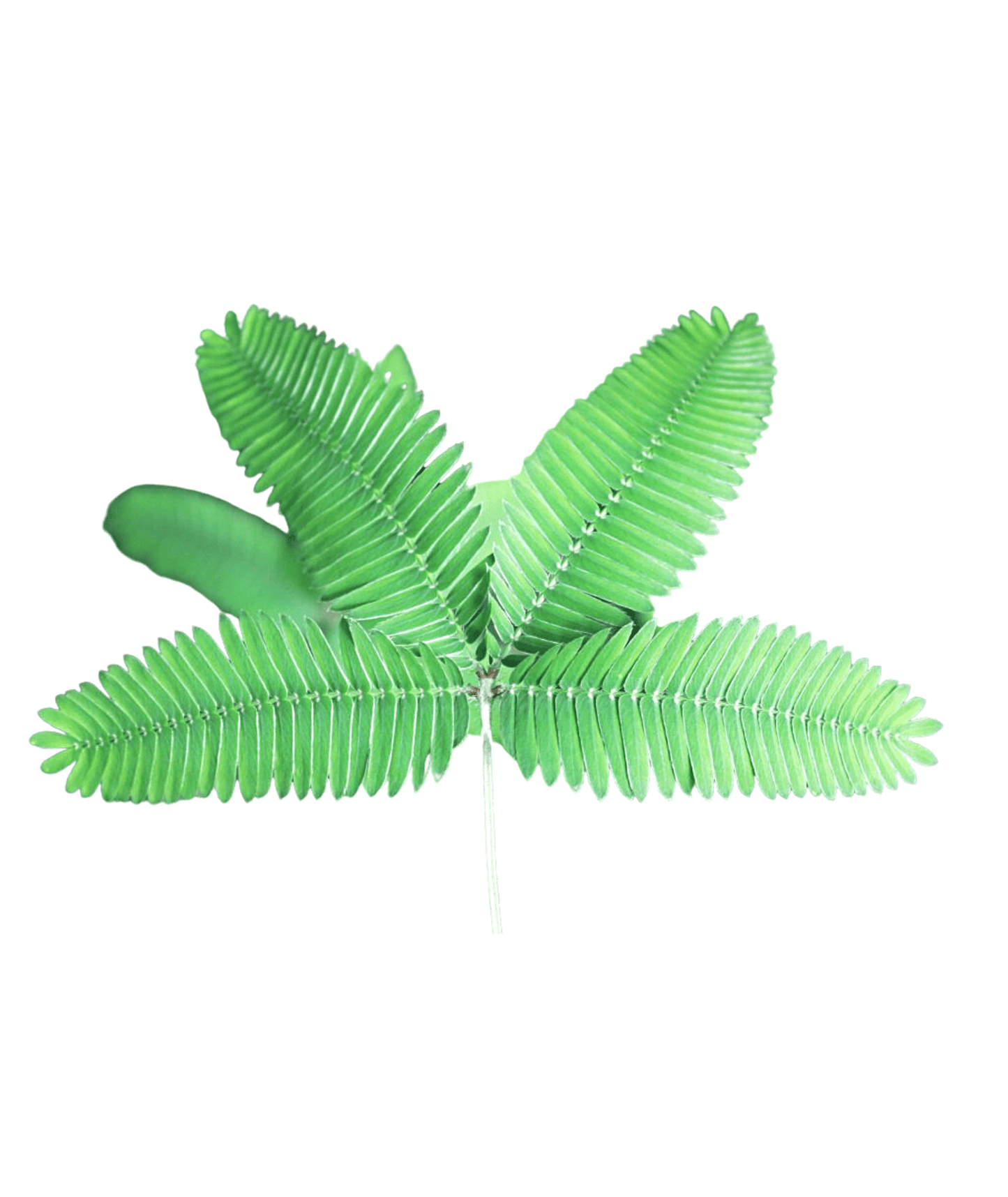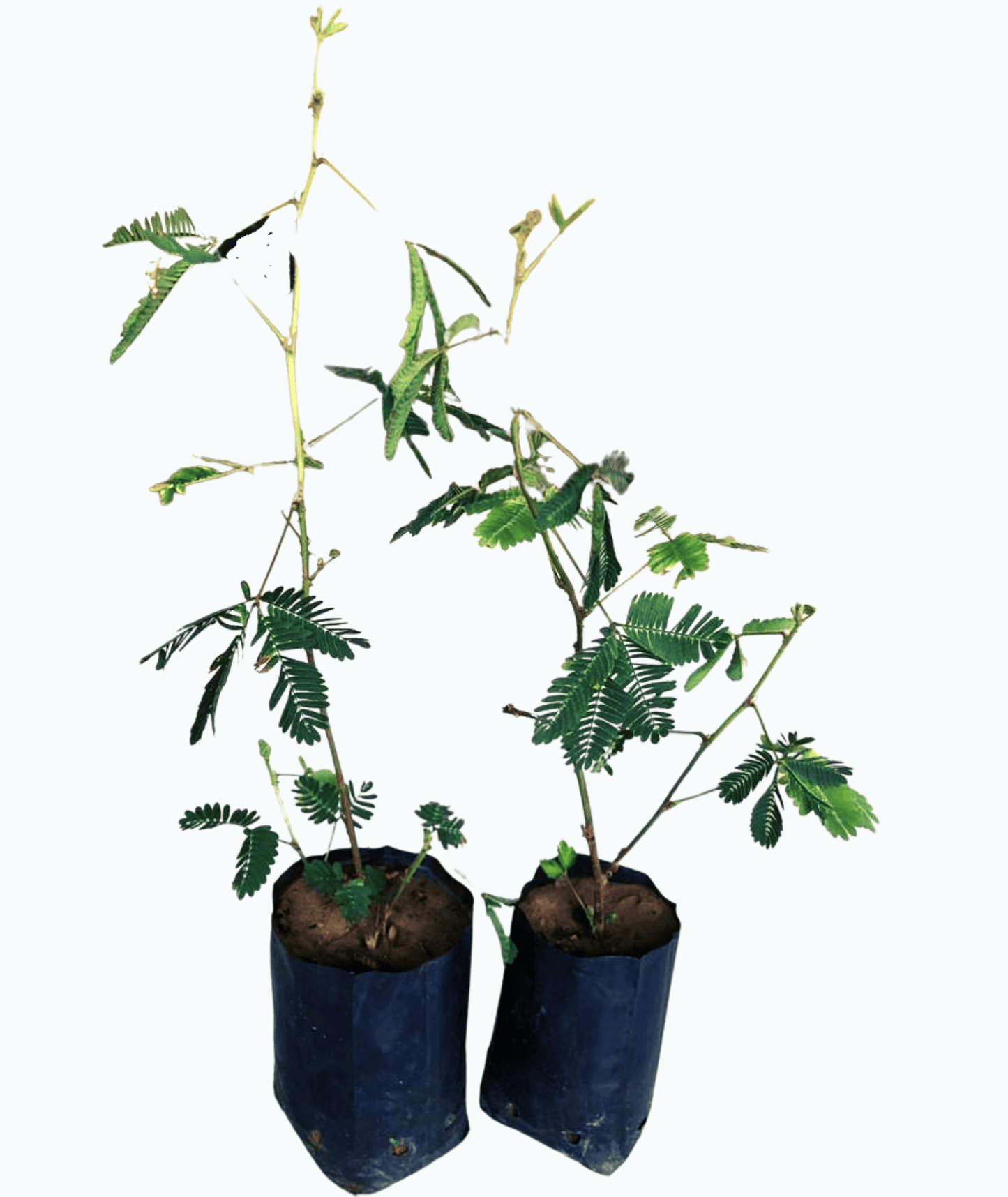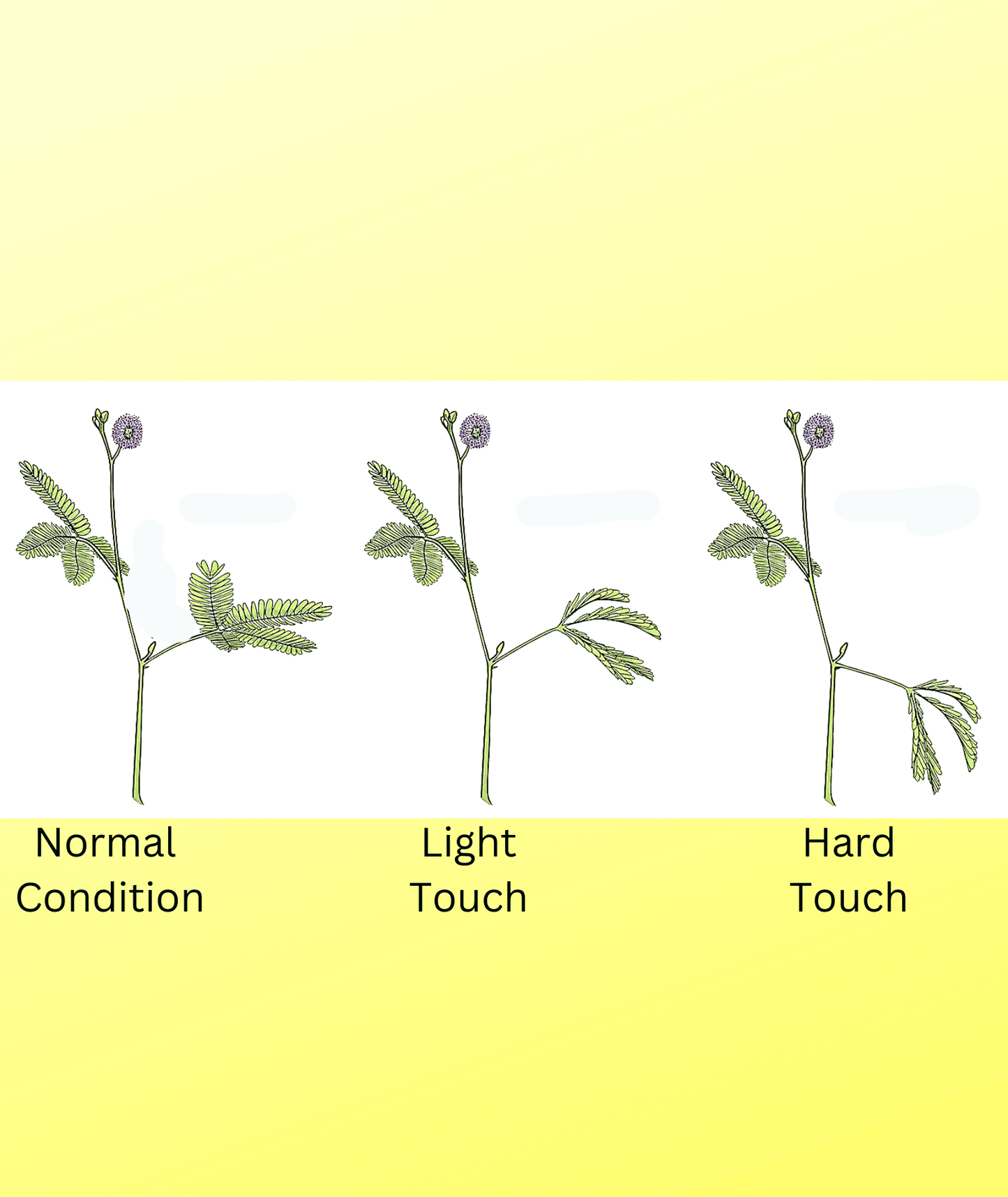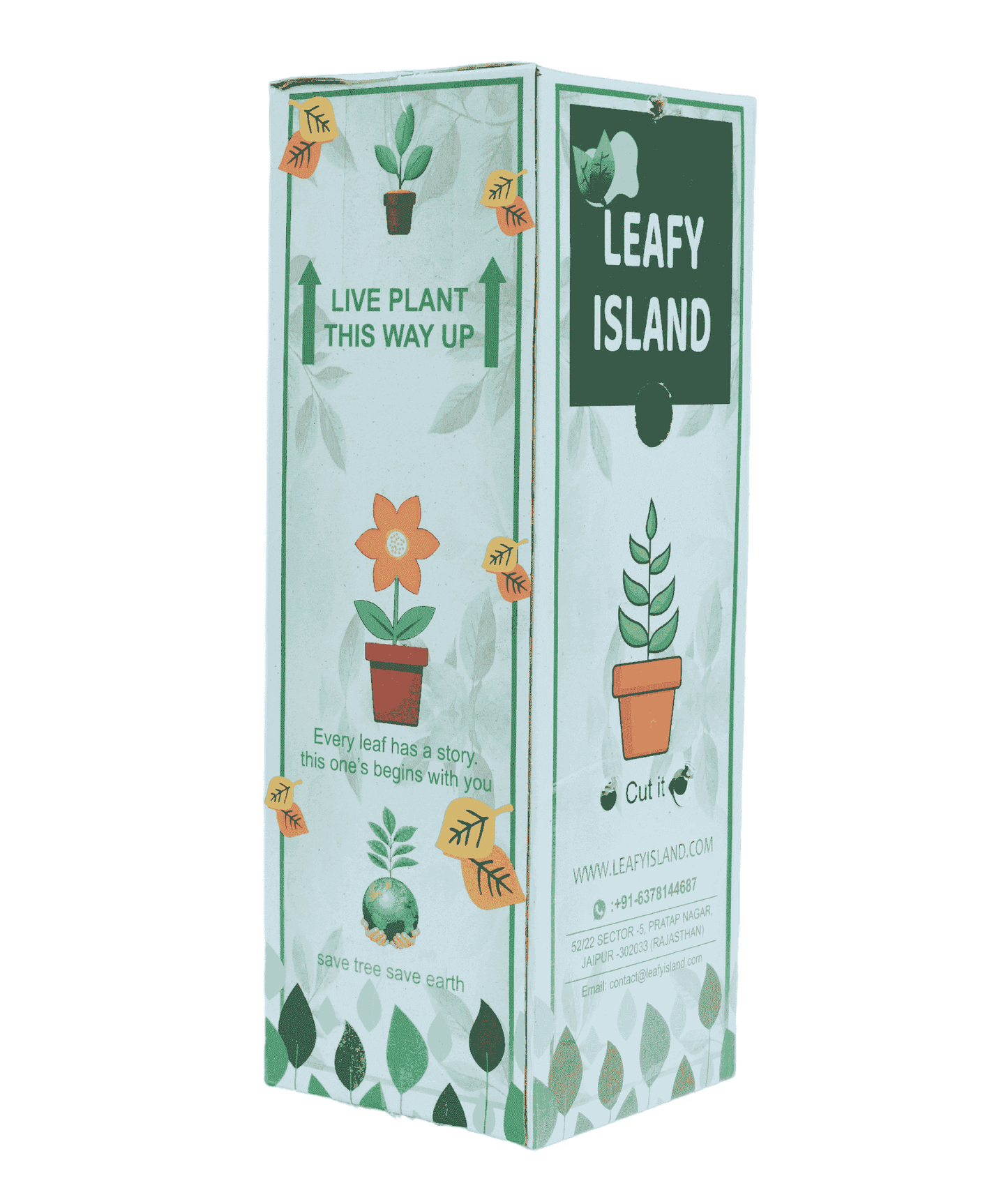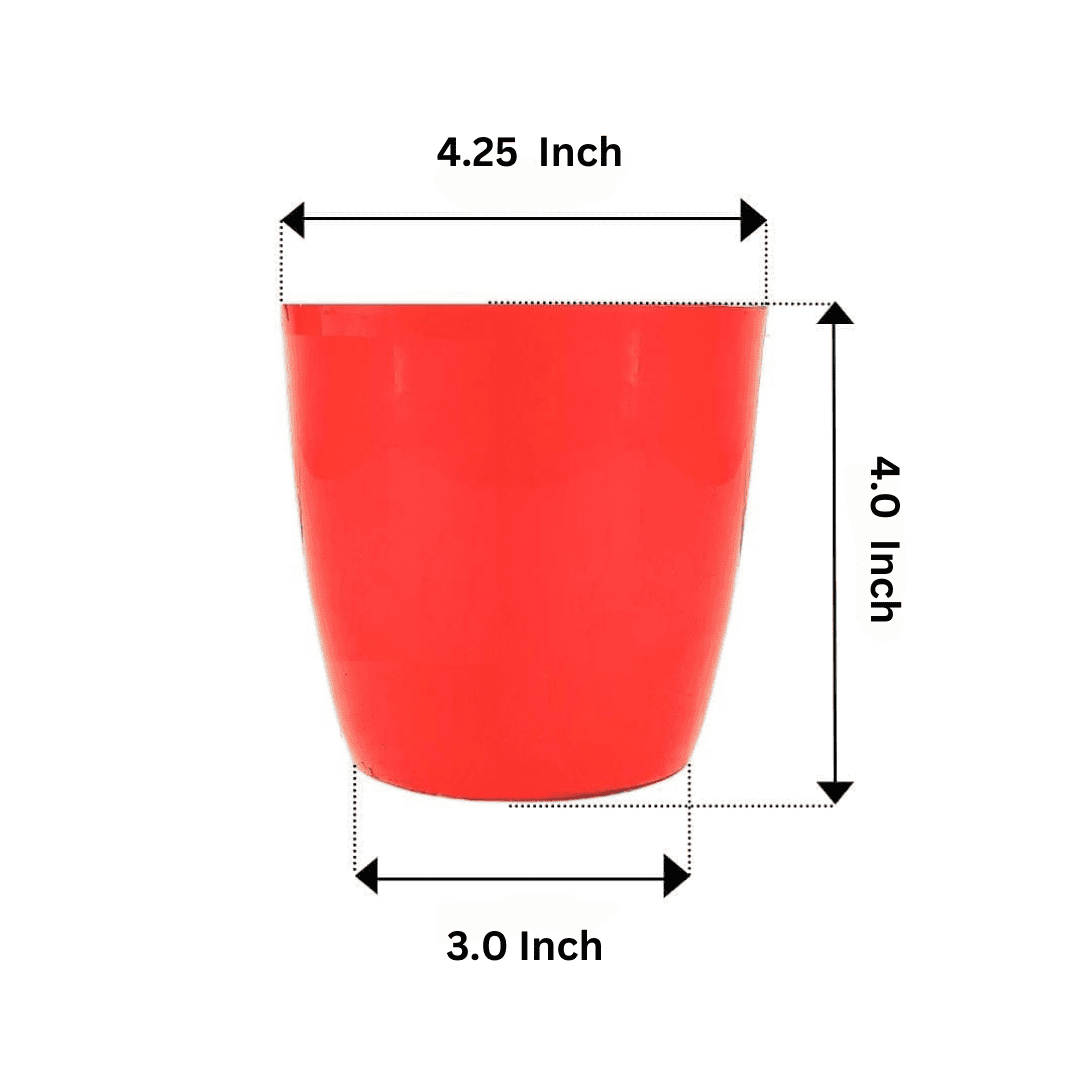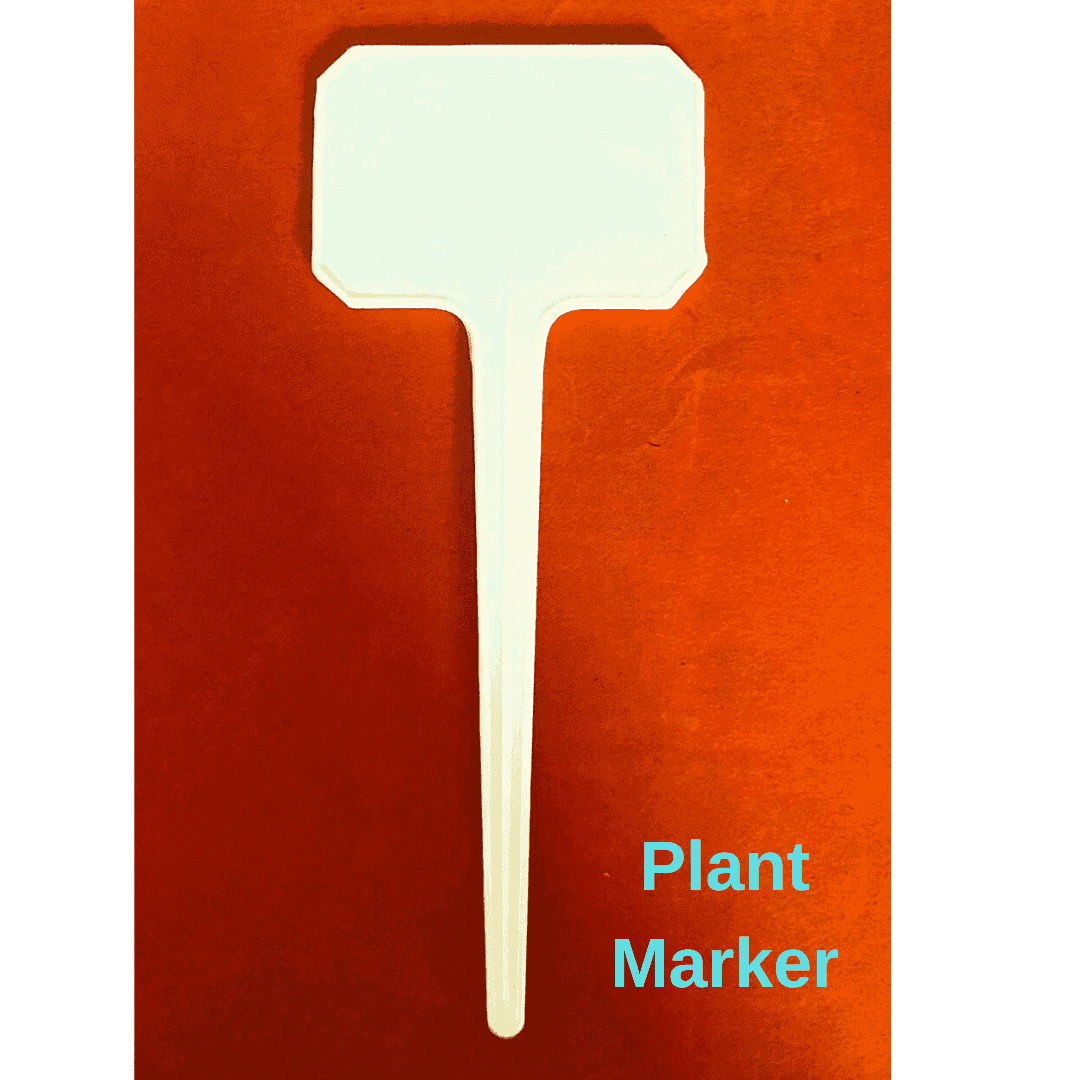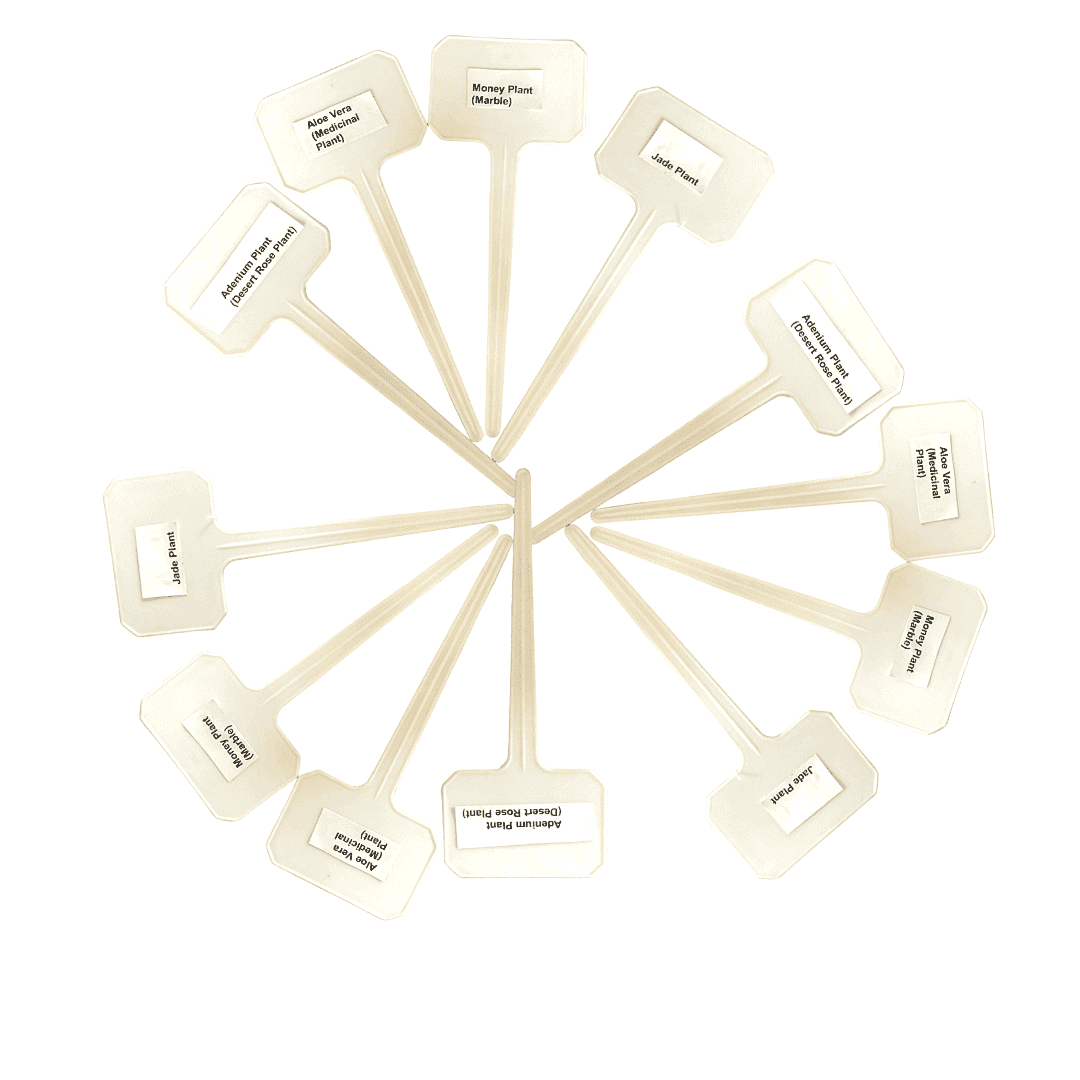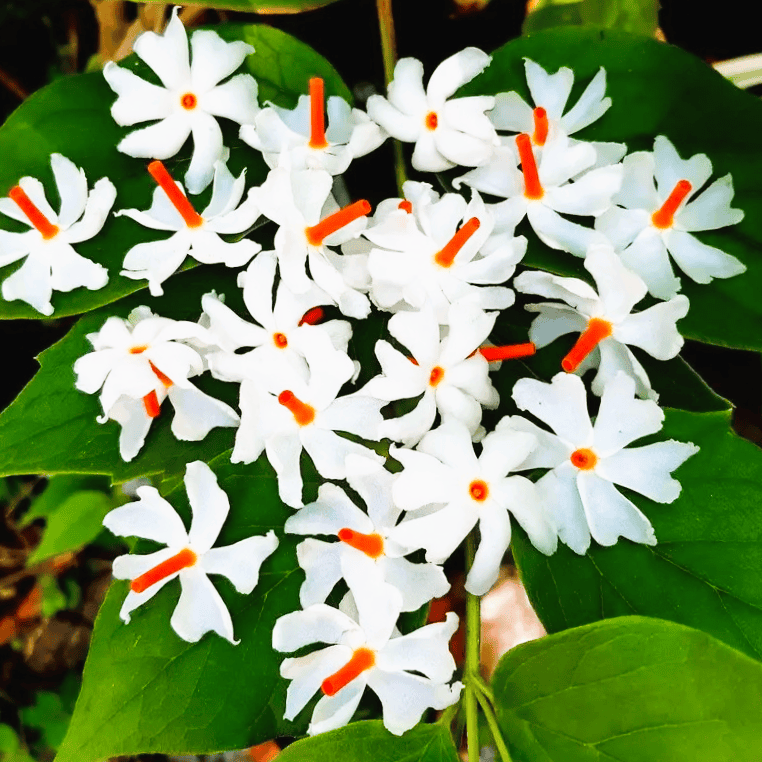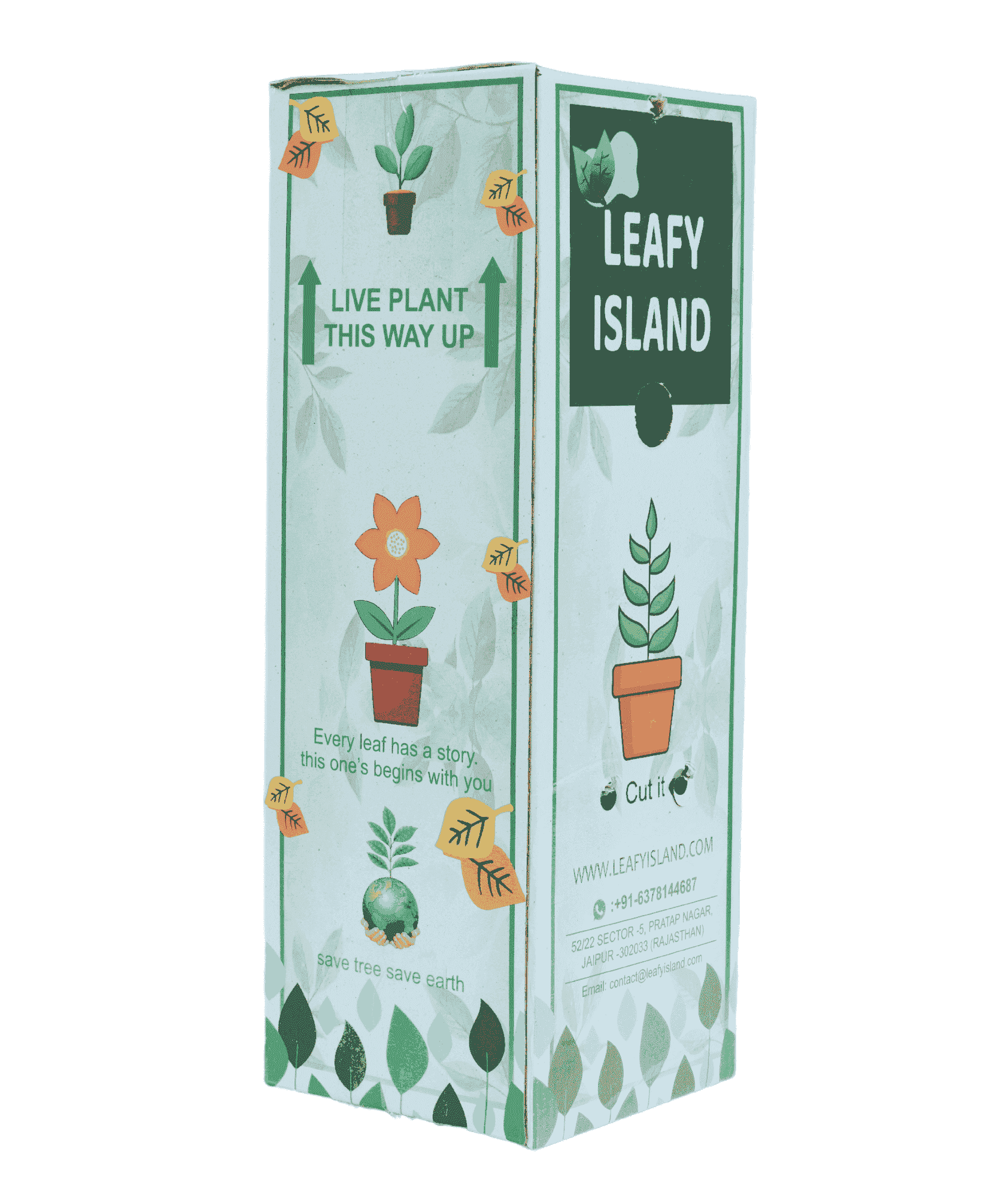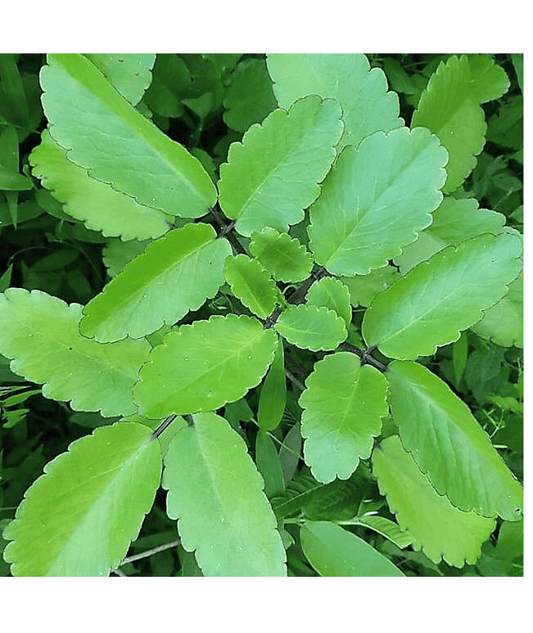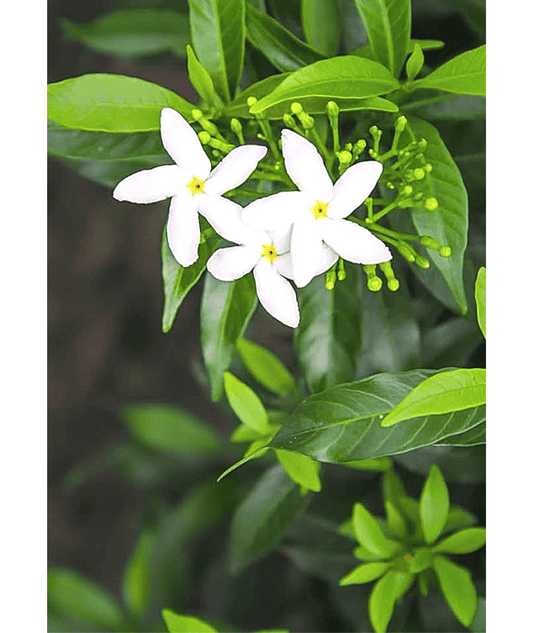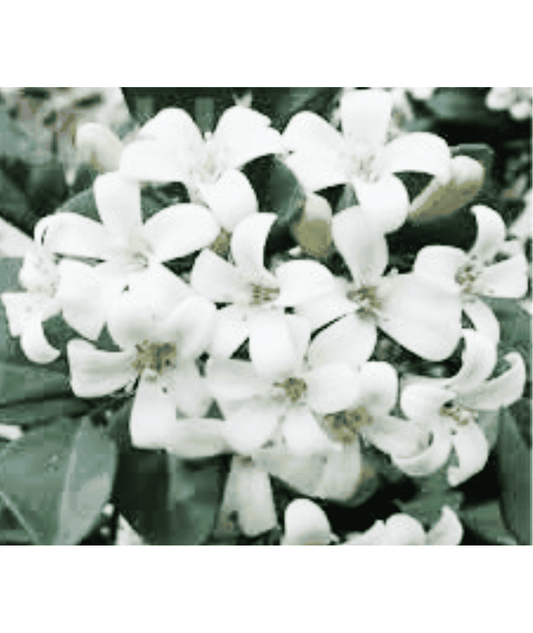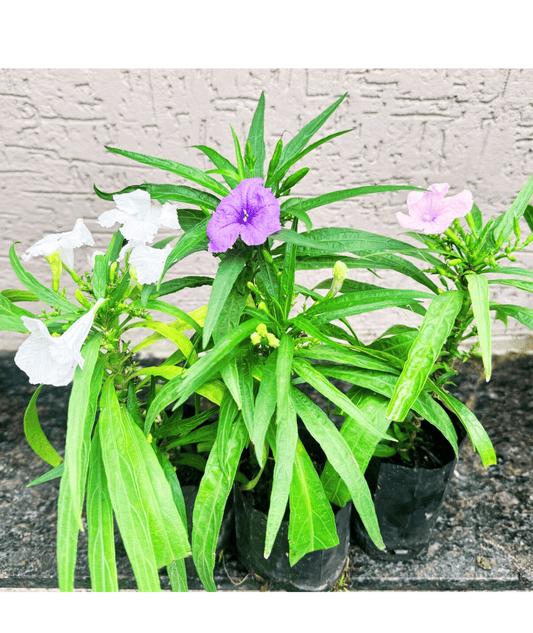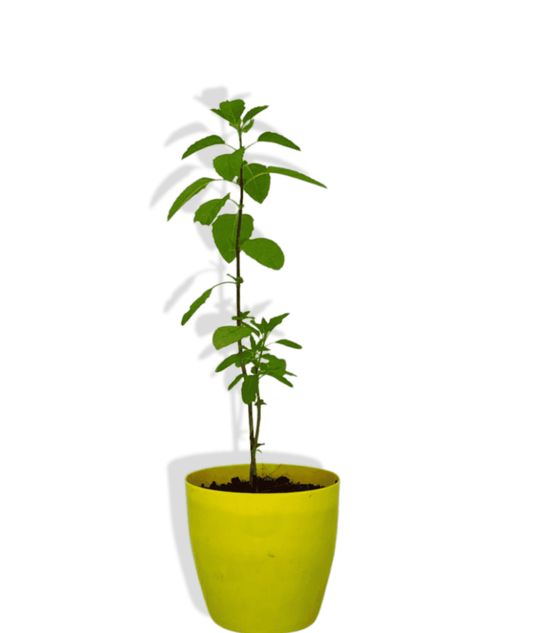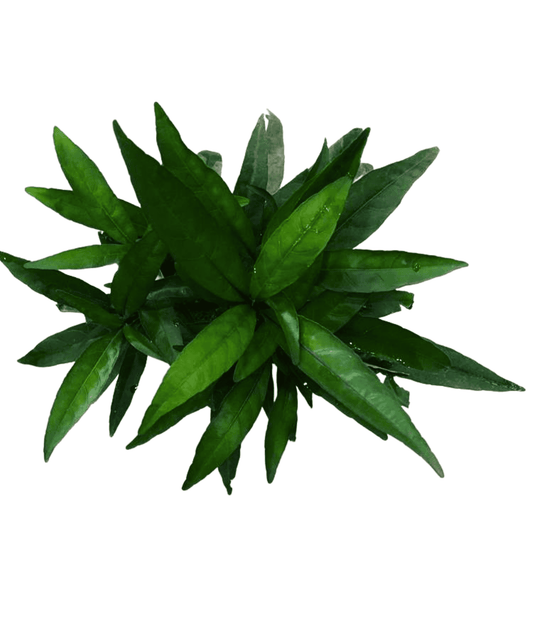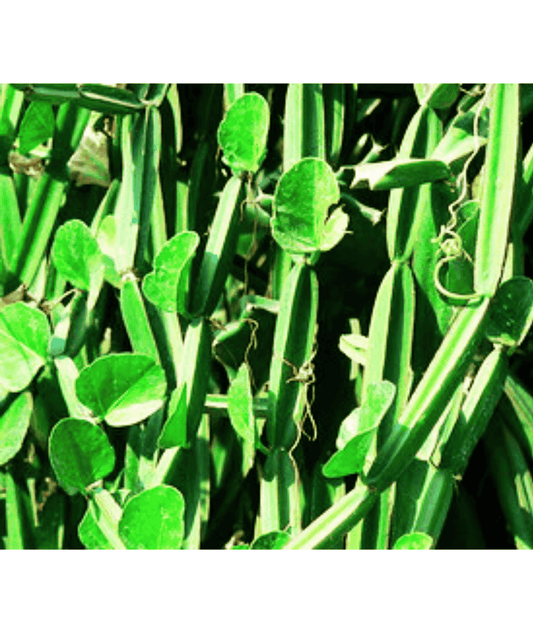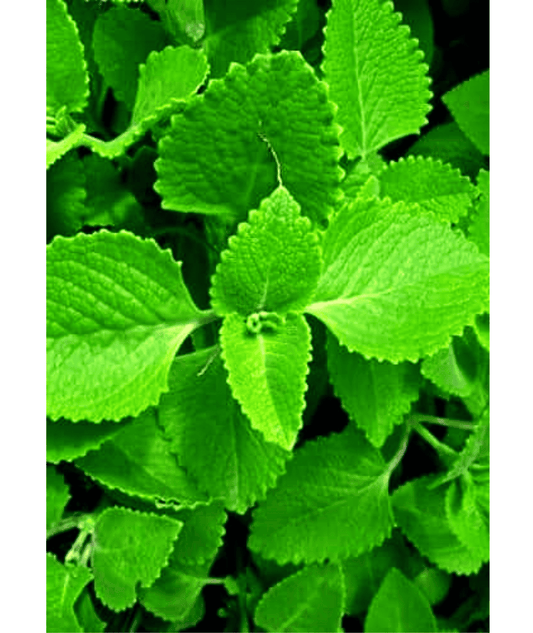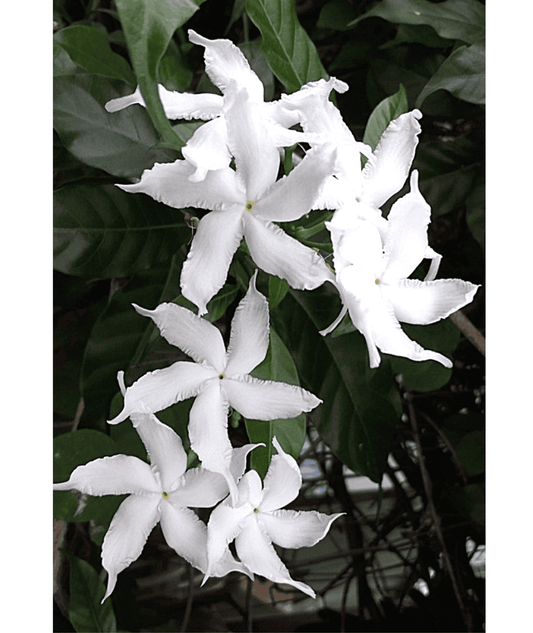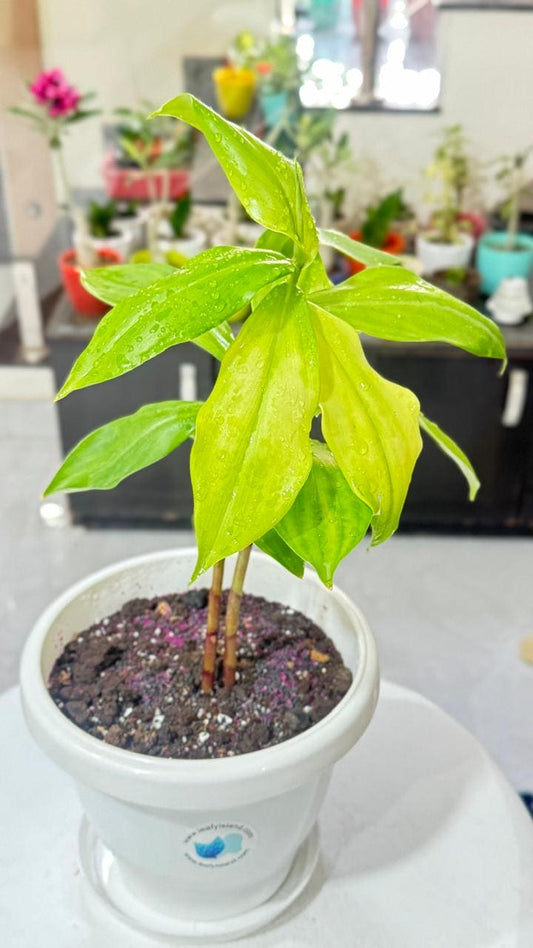Touch me not, Chui Mui - Plant
Touch me not, Chui Mui - Plant
Couldn't load pickup availability
Discover the enchanting world of the Chuimui plant, a fascinating botanical wonder known by various names like Sensitive Plant, Touch Me Not, Chui-Mui, Lajwanti, Kangphal, and more. This remarkable plant responds to your touch by closing its leaves, a captivating display of nature's sensitivity. Explore its unique charm and add a touch of intrigue to your garden or indoor space.
Live plants serve a dual purpose in your garden, offering both shade and ornamental charm. Among them, the Mimosa Pudica stands out. With its delicious taste, excellent flavor, and captivating fragrance, it's a rich source of vitamins A and C. Beyond its appeal, this sensitive plant holds a host of medicinal uses, from treating wounds and piles to addressing diarrhea and uterine prolapse.
Easy to Grow
Growing the Mimosa Pudica is a breeze. It's a fast-growing plant that demands minimal care. Reaching heights of 50 cm with a spread of 30 cm, it thrives in full or partial sunlight. While it's a tropical plant, you can cultivate it in pots in colder climates and bring it indoors during winter. Its slender, branching stem and bipinnate leaves provide a unique visual appeal, complemented by delicate pink, powder-puff-like flowers that bloom in the summer.
The plant has FREE Delivery
The actual product may slightly differ from the image shown, as it is indicative. The plant's shape, design, number of leaves, and size depend on seasonal availability.
Please note that the received product may not precisely match the displayed image due to natural variations in plant growth and availability. Flower/ Petals and some leaves may drop during transport, but new leaves will sprout again within few days.
Plant Care: Upon receiving your live plants, it's essential to offer them water promptly to rejuvenate them after their journey. Position the plant in an area with indirect sunlight, allowing it to gradually regain its vitality.
Repotting Instructions: Once the plant has fully recovered, you may contemplate repotting it in nutrient-rich soil, either within its current decorative pot or a new one. Ensure the selected pot features adequate drainage holes to prevent overwatering, especially if the decorative pot lacks these holes.

